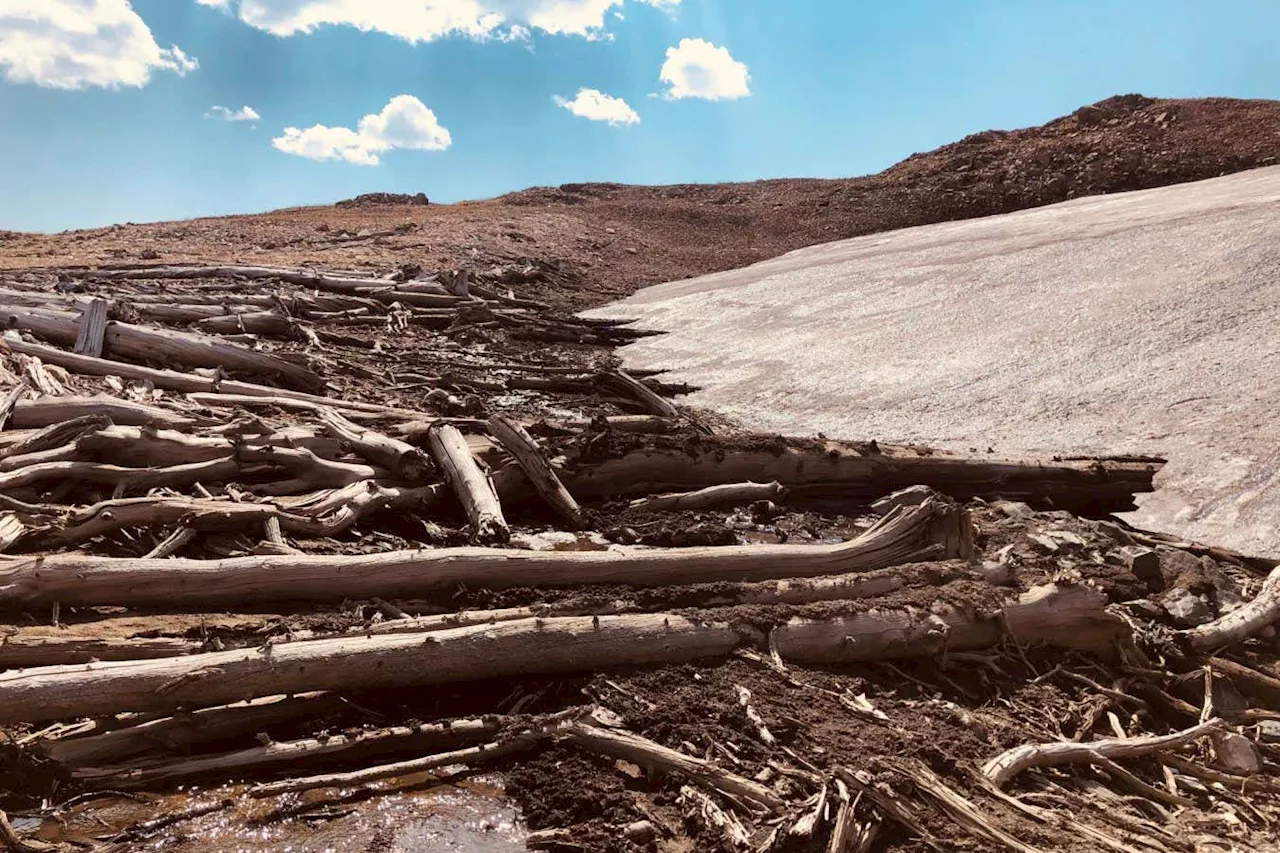Scientists have discovered a 5900-year-old whitebark pine forest in Wyoming's Beartooth plateau, revealing insights into past climate conditions and the impact of rising temperatures.
A 5900-year-old whitebark pine forest has been discovered due to the melting of alpine ice in the Rocky Mountains. Scientists found the forest, which is approximately 3100 meters above sea level – 180 meters higher than the present tree line – while carrying out an archaeological survey on the Beartooth plateau in Wyoming. Whitebark pines don't grow at this elevation now, so these ones had to grow at a time when the climate was warmer, says Whitlock.
To understand the history of the lost forest, Whitlock’s team analyzed their rings and used carbon dating to age it. They found that the trees lived 5950 to 5440 years ago, a period of steadily decreasing temperatures. Ice core data from places like Antarctica and Greenland suggest that these falling temperatures were influenced by centuries-long volcanic eruptions in the northern hemisphere. These produced enough aerial sediment to cut sunlight and lower global temperatures until the While laying flat, the newly discovered trees are in exceptional condition, indicating that they were rapidly preserved after death. Although they lack evidence of being covered by avalanches, they show marks that align with the expansion of the present ice patch. Climate models suggest that additional sustained volcanic eruptions in Iceland produced further drops in temperature 5100 years ago, says team member at the Desert Research Institute in Nevada. These lower temperatures expanded the ice patch and ensured “the fallen trees were entombed in ice and protected from the elements for the next 5000 years”, he says. Only in the past few decades have temperatures risen enough to release the trees from their icy crypt. The current tree line is “likely to shift upslope with increasing temperatures in the coming decades”, says Whitlock. “This discovery was possible because of anthropogenic climate change – rising temperatures are now exposing areas that have been buried by ice for millennia,” she says. “While such discoveries are scientifically interesting, they are also a sad reminder of how fragile alpine ecosystems are to climate change.” Field trials indicate that pumping seawater onto the snow on top of Arctic sea ice can make the ice thicker, offering a possible way to preserve sea ice throughout the summer “The study is a very elegant and careful use of a valuable ‘time capsule’ that tells us not only about these mountain forests 6000 years ago, but about the climate conditions that allowed them to exist,” says These trees aren’t the first such finding researchers have unearthed from Rocky mountain ice patches. Previous work found “fragments of wooden shafts used for arrows and darts”, says Whitlock. One shaft was radiocarbon dated to more than 10,000 years ago, “telling us that people have been hunting in high-elevation environments for millennia”, she says
CLIMATE CHANGE ANCIENT FOREST ROCKY MOUNTAINS VOLCANIC ERUPTIONS ICE MELT
United States Latest News, United States Headlines
Similar News:You can also read news stories similar to this one that we have collected from other news sources.
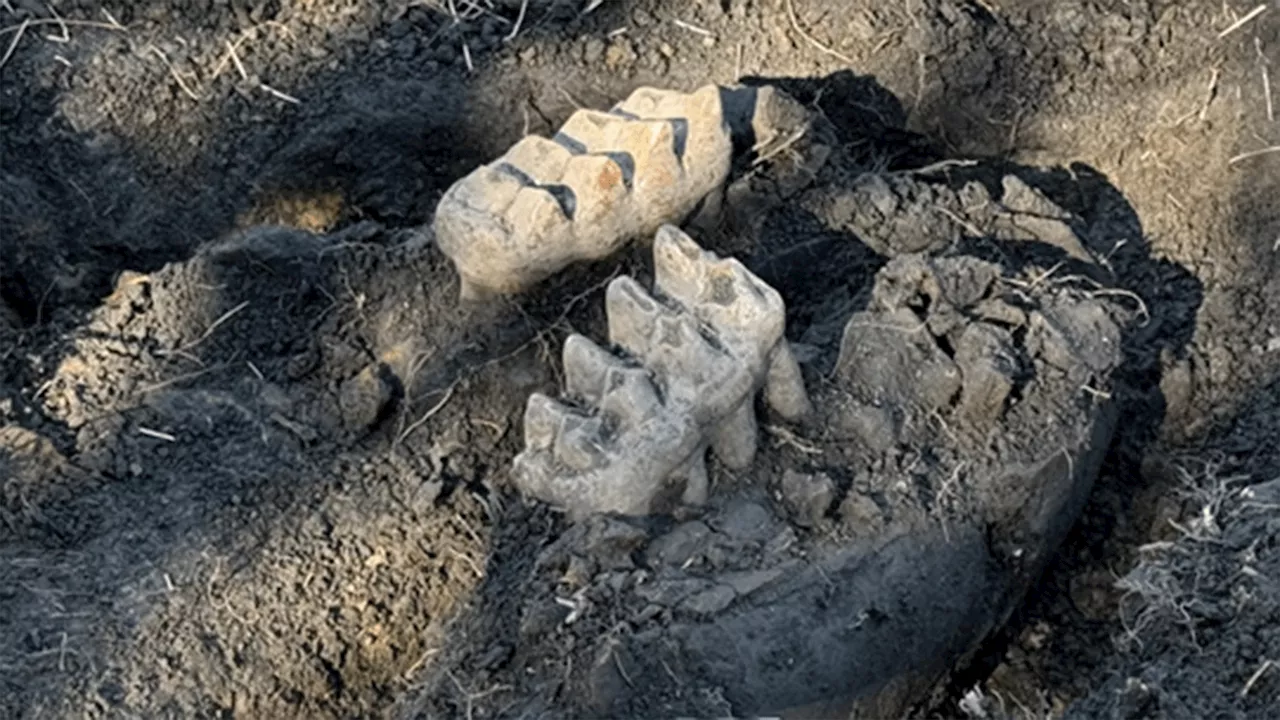 Ancient Mastodon Jaw Unearthed in New York Homeowner's LawnA homeowner in Scotchtown, New York, discovered a well-preserved mastodon jaw while tending to his lawn. Researchers from the New York State Museum and SUNY Orange excavated the site, unearthing the jaw along with additional bone fragments.
Ancient Mastodon Jaw Unearthed in New York Homeowner's LawnA homeowner in Scotchtown, New York, discovered a well-preserved mastodon jaw while tending to his lawn. Researchers from the New York State Museum and SUNY Orange excavated the site, unearthing the jaw along with additional bone fragments.
Read more »
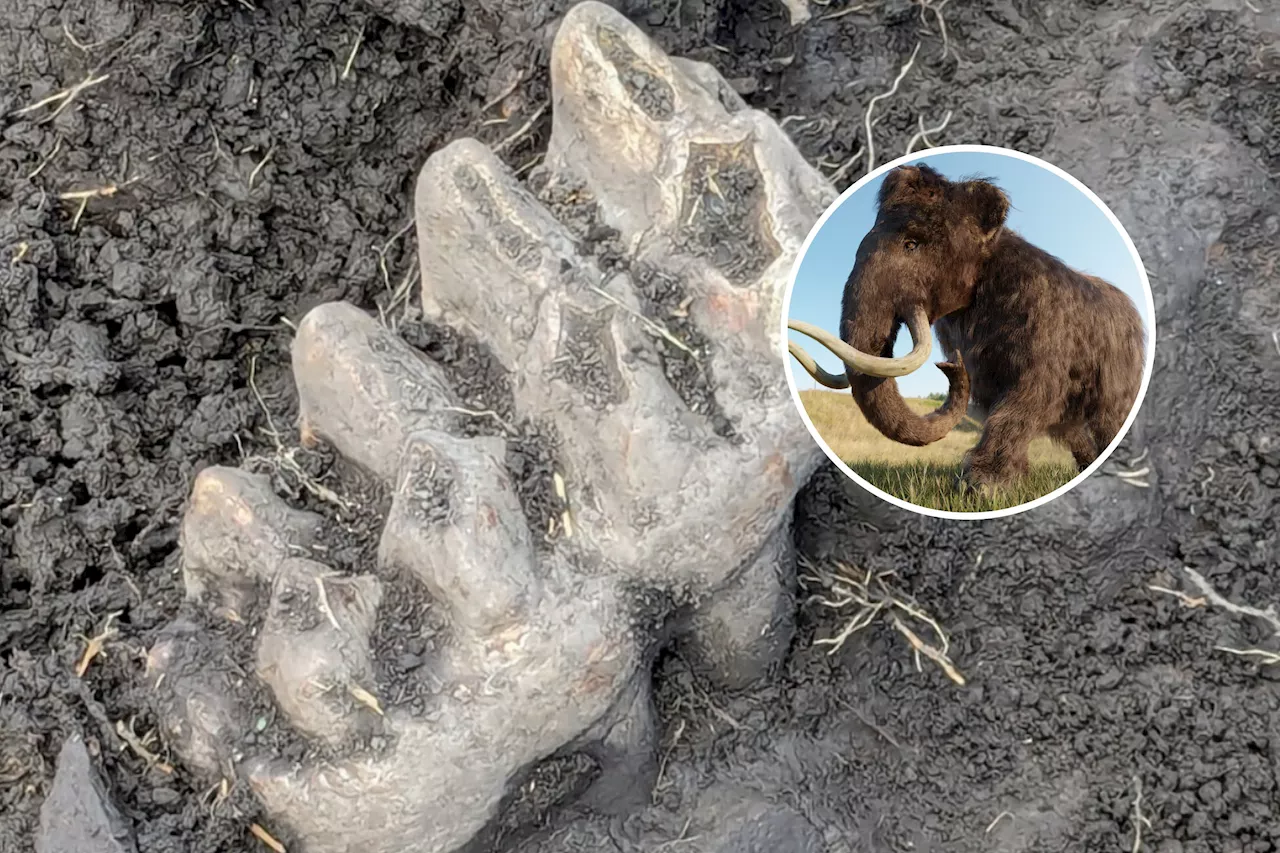 Ancient Mastodon Jawbone Unearthed in New York Homeowner's GardenA New York homeowner stumbled upon a remarkable discovery while gardening - a mastodon jawbone. The find was confirmed by researchers and sheds light on these ancient elephant-like creatures.
Ancient Mastodon Jawbone Unearthed in New York Homeowner's GardenA New York homeowner stumbled upon a remarkable discovery while gardening - a mastodon jawbone. The find was confirmed by researchers and sheds light on these ancient elephant-like creatures.
Read more »
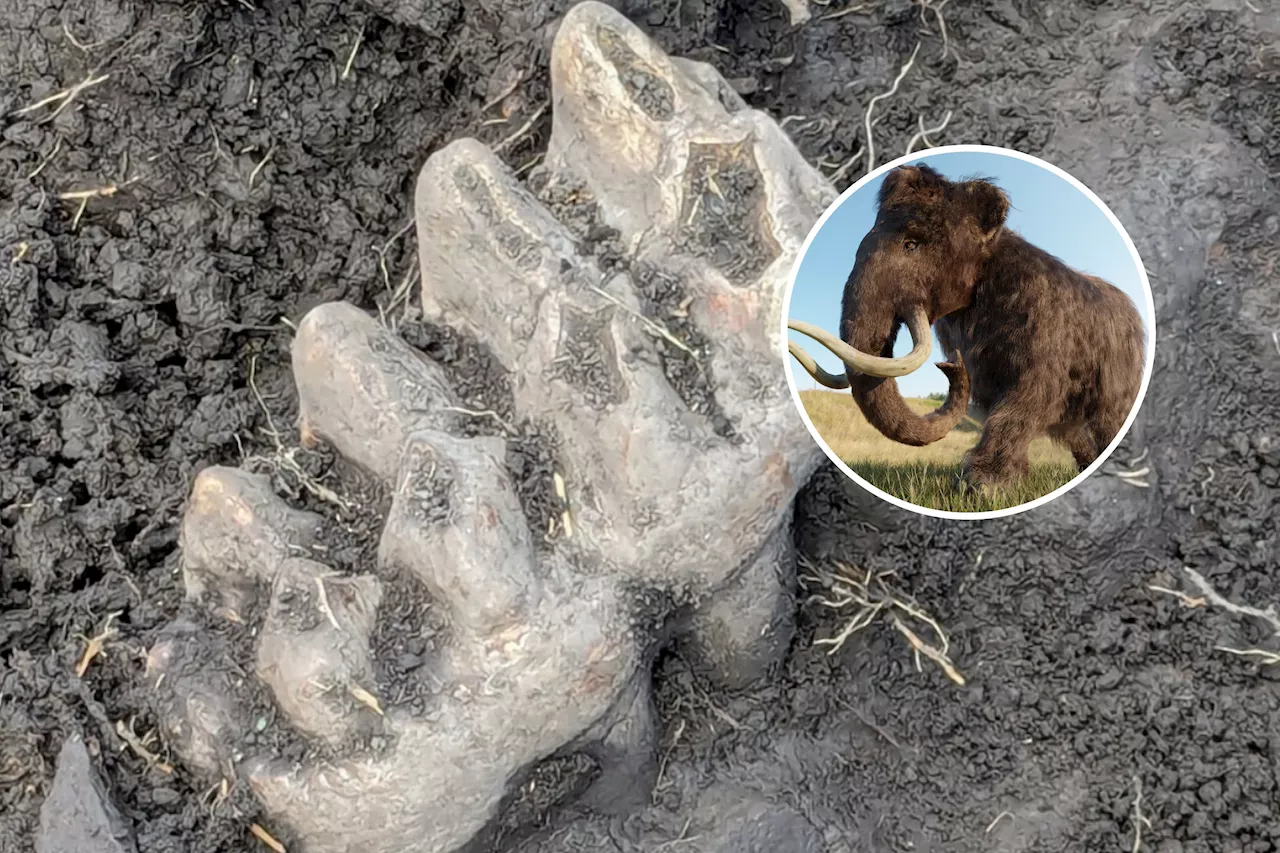 Ancient Mastodon Jawbone Unearthed in New York LawnA homeowner in New York discovered a jawbone from a mastodon, an extinct elephant-like species, while gardening.
Ancient Mastodon Jawbone Unearthed in New York LawnA homeowner in New York discovered a jawbone from a mastodon, an extinct elephant-like species, while gardening.
Read more »
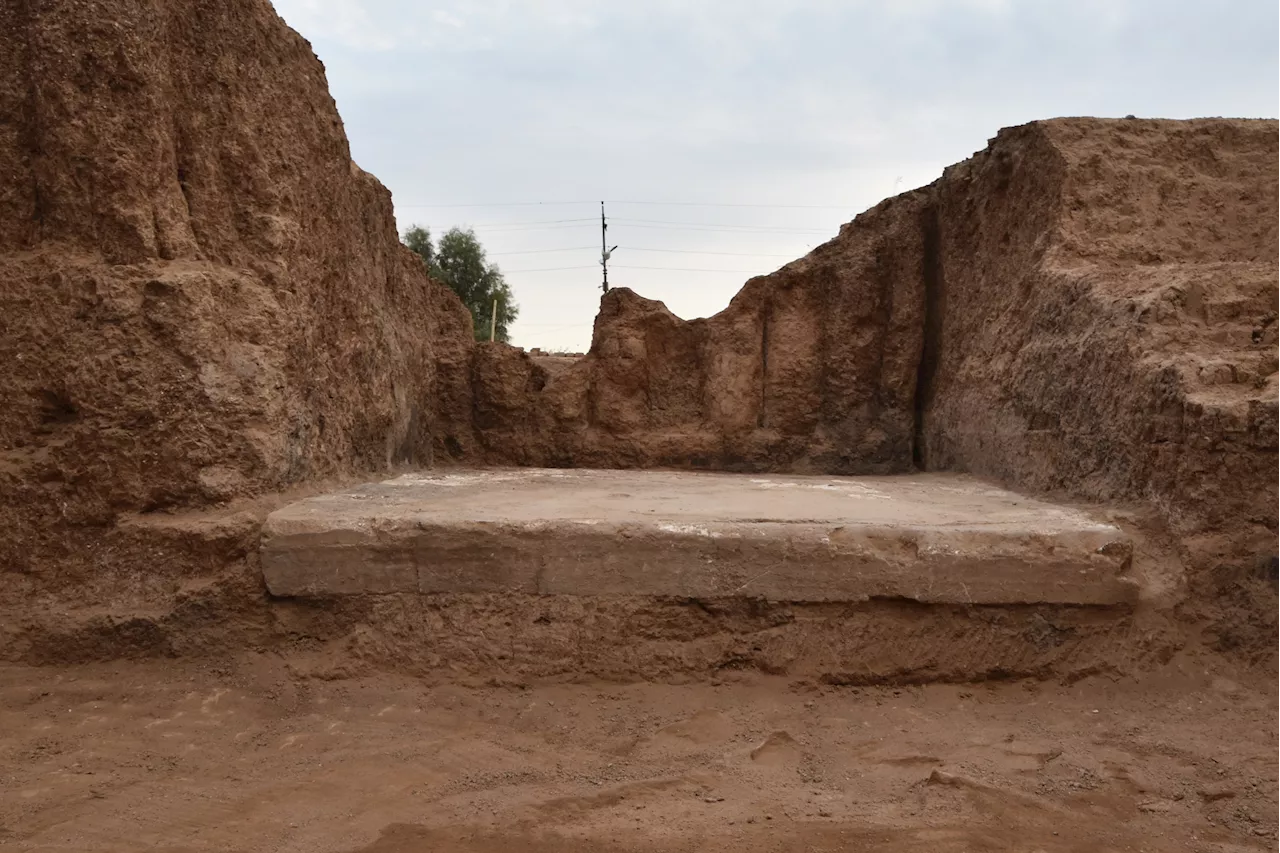 Two Ancient Shrines Unearthed at Fire-Ravaged Assyrian TempleArchaeologists in Iraq have uncovered two well-preserved shrines at the Ninurta Temple in Nimrud, dating back 2,600 years. The temple, dedicated to the Assyrian god of war and agriculture, was destroyed by fire around 614-612 B.C., preserving its structure and artifacts. The excavations shed light on Assyrian religious practices and the history of this ancient empire.
Two Ancient Shrines Unearthed at Fire-Ravaged Assyrian TempleArchaeologists in Iraq have uncovered two well-preserved shrines at the Ninurta Temple in Nimrud, dating back 2,600 years. The temple, dedicated to the Assyrian god of war and agriculture, was destroyed by fire around 614-612 B.C., preserving its structure and artifacts. The excavations shed light on Assyrian religious practices and the history of this ancient empire.
Read more »
 Teen Sacrifice Ritual Unearthed in Ancient AndesA genetic study reveals that two teenagers buried 1,500 years ago with high-status Moche individuals in Peru were sacrificed upon the death of their father and aunt, respectively. This unique ritual, previously undocumented, sheds light on the complex funeral practices of this ancient Andean culture.
Teen Sacrifice Ritual Unearthed in Ancient AndesA genetic study reveals that two teenagers buried 1,500 years ago with high-status Moche individuals in Peru were sacrificed upon the death of their father and aunt, respectively. This unique ritual, previously undocumented, sheds light on the complex funeral practices of this ancient Andean culture.
Read more »
 Ancient Shipwreck Unearthed by Caspian Sea Rising TideA 90-foot-long shipwreck has been discovered on the southern coast of the Caspian Sea in Iran. The vessel, likely a three-masted ship with a double hull, was unearthed by rising sea levels which eroded a sand dune covering it.
Ancient Shipwreck Unearthed by Caspian Sea Rising TideA 90-foot-long shipwreck has been discovered on the southern coast of the Caspian Sea in Iran. The vessel, likely a three-masted ship with a double hull, was unearthed by rising sea levels which eroded a sand dune covering it.
Read more »
